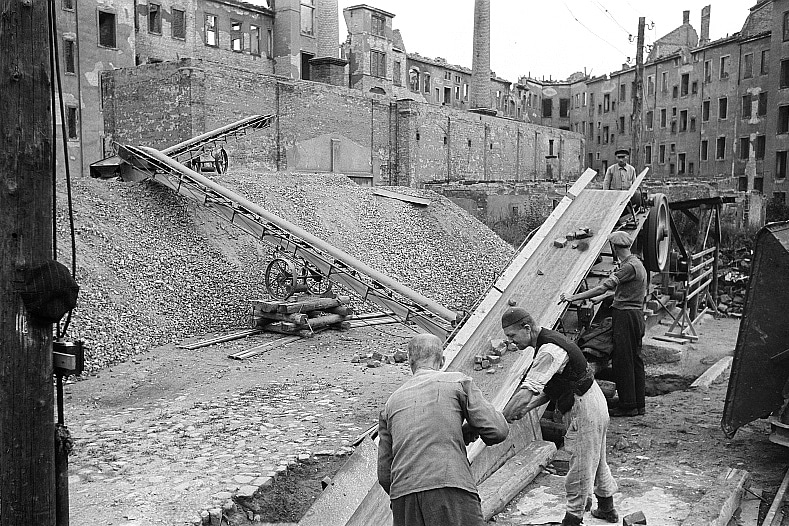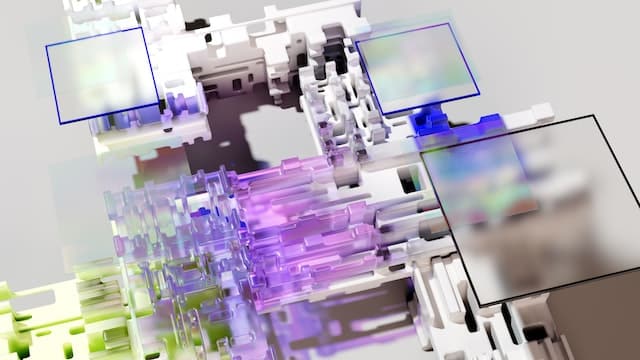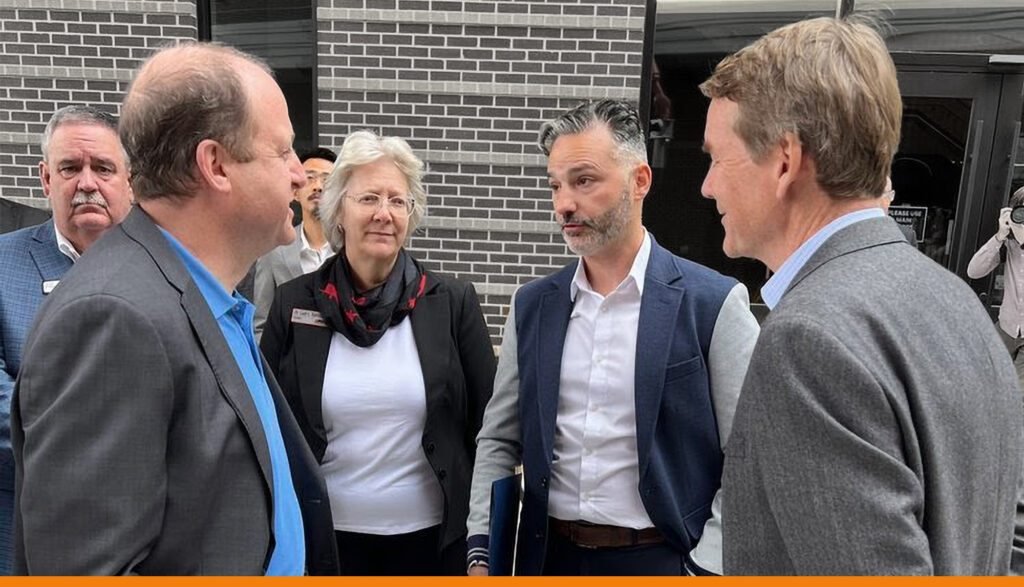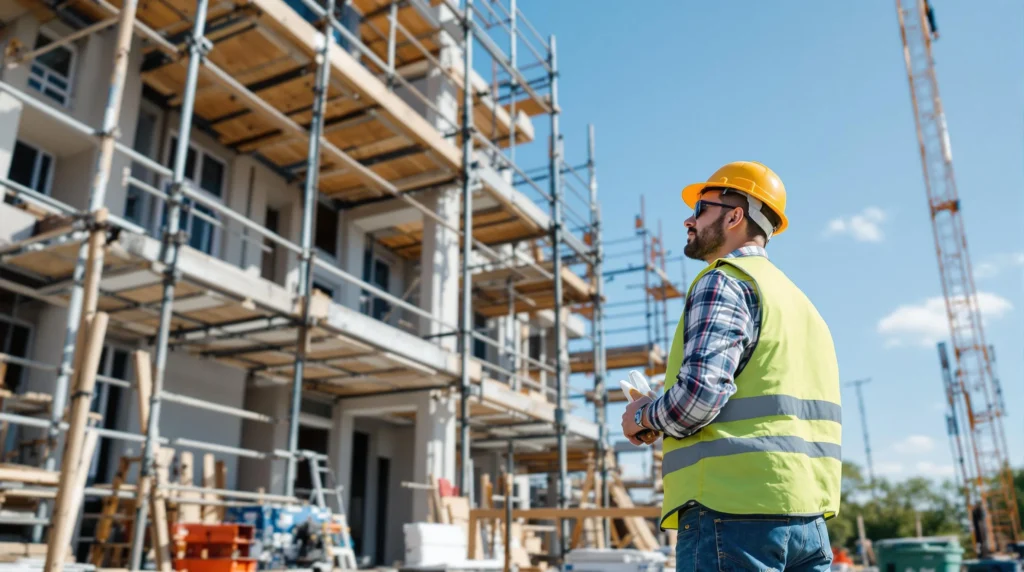First low-CO2 concrete building 3D printed in Copenhagen

A new community building in Copenhagen, Denmark, was 3D-printed using special low carbon cement to further reduce its environment impact, say the building’s developers.
Danish real estate developer, AKF partnered with 3DCP Group, which printed the 72m2 structure in only five days.
Concrete is widely known for its environmental impact and relatively high CO2 emissions during production. However, it is considered indispensable in construction for various reasons, including its unique properties such as price, strength and durability.
However, with 3D printed concrete, many new opportunities are said to be emerging to reduce the carbon footprint.
As AKF said, 3D printing is an “adaptive construction process”: Materials is added only where necessary.
“In the process, it is determined how much material should be used in different building components, making it possible to create buildings where concrete is only added where it is structurally necessary,” the company added.
“This allows for a reduction in resource consumption, and can bring significant environmental and economic benefits while providing greater freedom in the architectural design of the building.”
To further reduce the CO2 footprint, the entire AKF project was printed using low CO2 cement, which is said to have a carbon footprint 30% lower than that of normal cement.
The low CO2 cement was mixed with local sand and gravel and turned into 3D printable concrete using the D.fab admixtures method developed by Cemex and COBOD, which further reduced the carbon footprint.
Vibeke Lorenzen, the technical director at AKF, said: “3D printing opens the door to a world of possibilities, and hopefully, we can contribute to pushing the industry’s traditional construction methods.”
The finished building will contain a gym, a guest room, and common laundry facility for the residents of the surrounding apartment buildings.
Saga Architects, which designed the first building 3DCP Group made in Denmark, the tiny house in Hobro, strived to make the community building appear “forthcoming and friendly” by using a lot of wood for the decorative parts, and organic shapes for the walls; a detail virtually impossible to make with conventional methods.
Read next: Mace hands over £116m satellite testing facility in UK first
Are you a building professional? Sign up for a FREE MEMBERSHIP to upload news stories, post job vacancies, and connect with colleagues on our secure social feed.





Responses